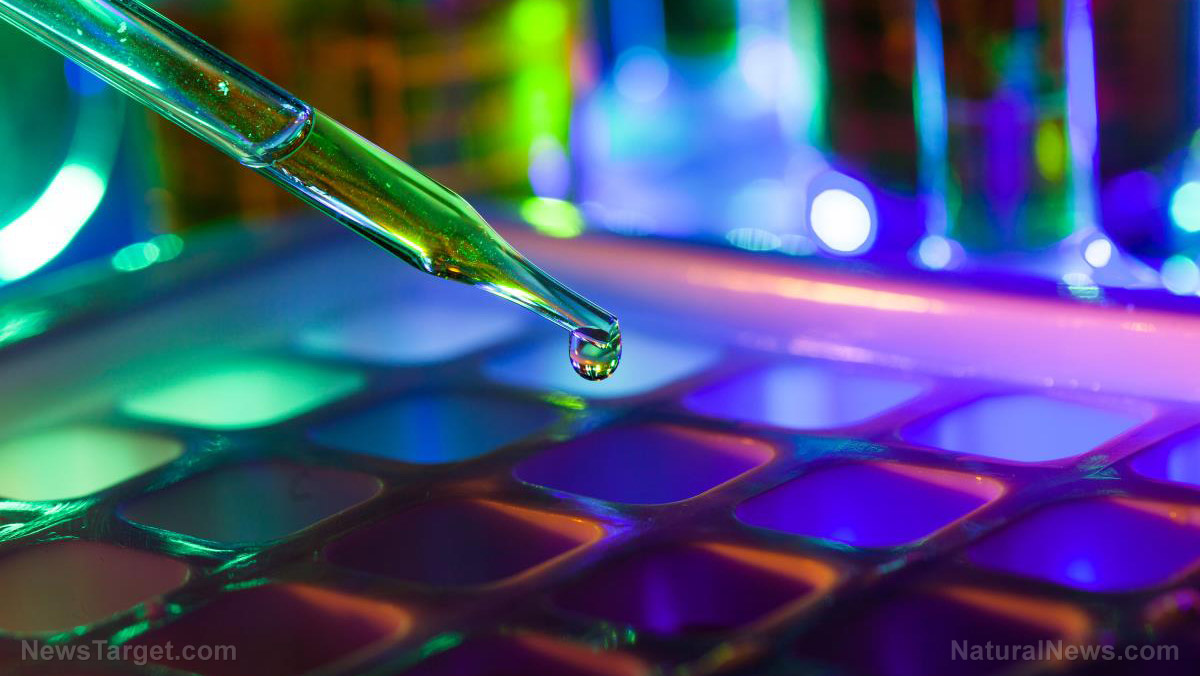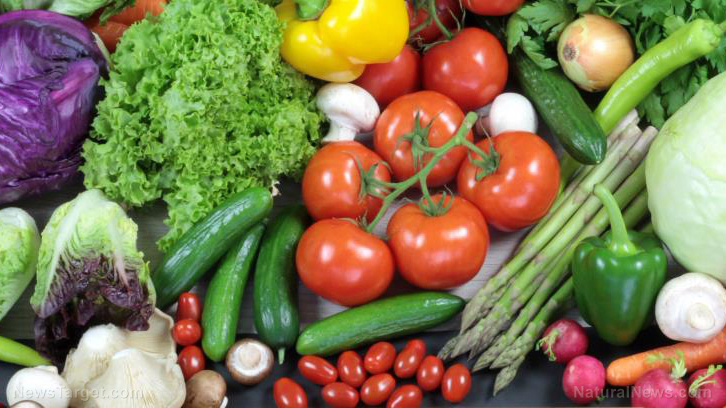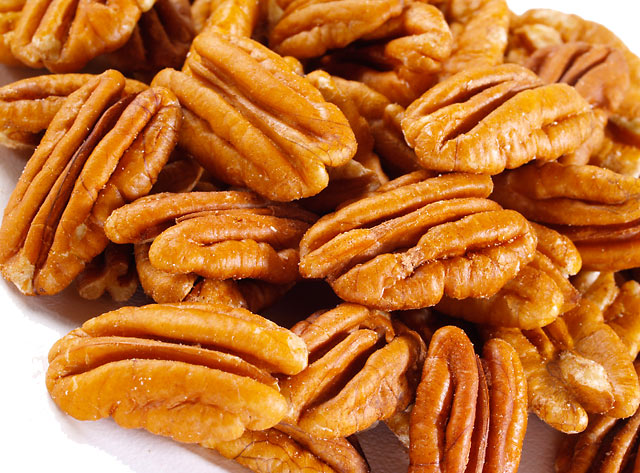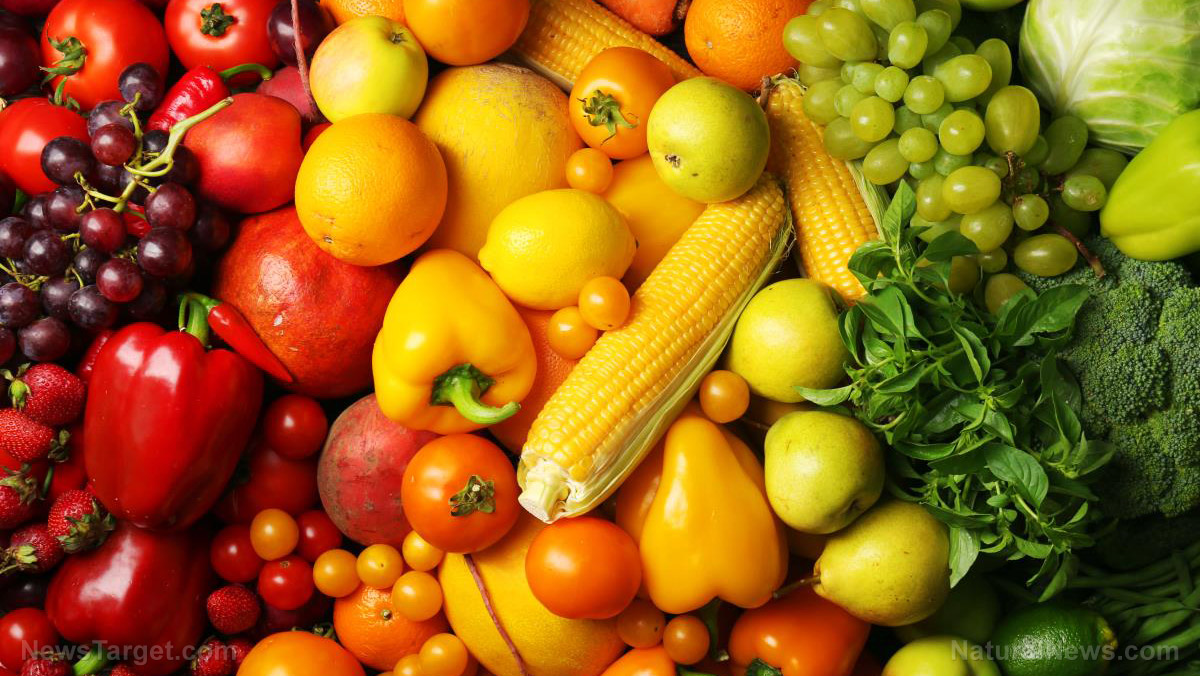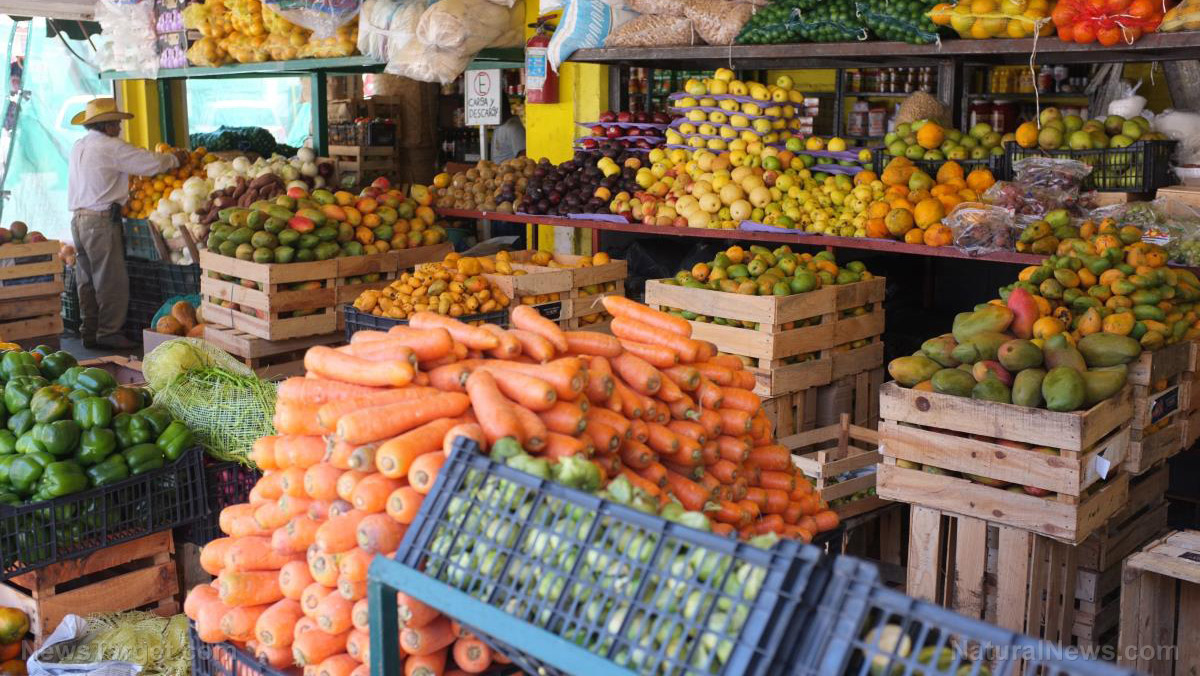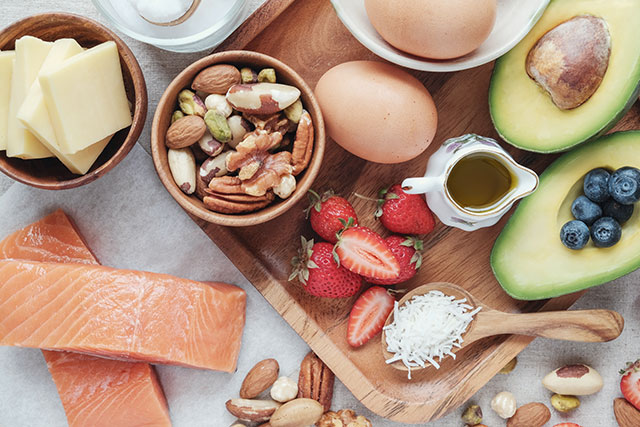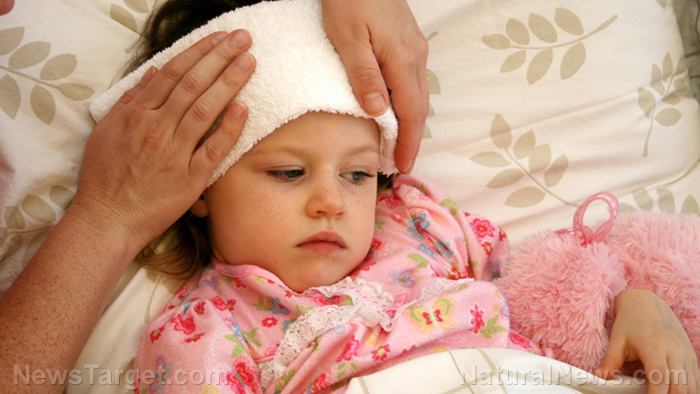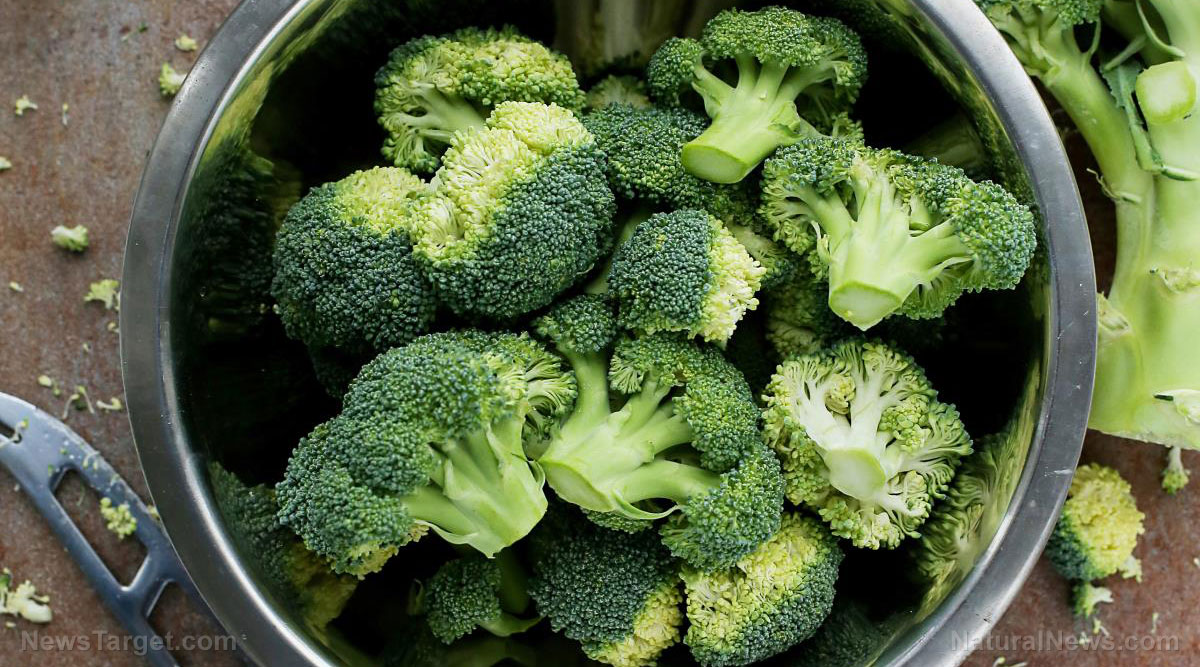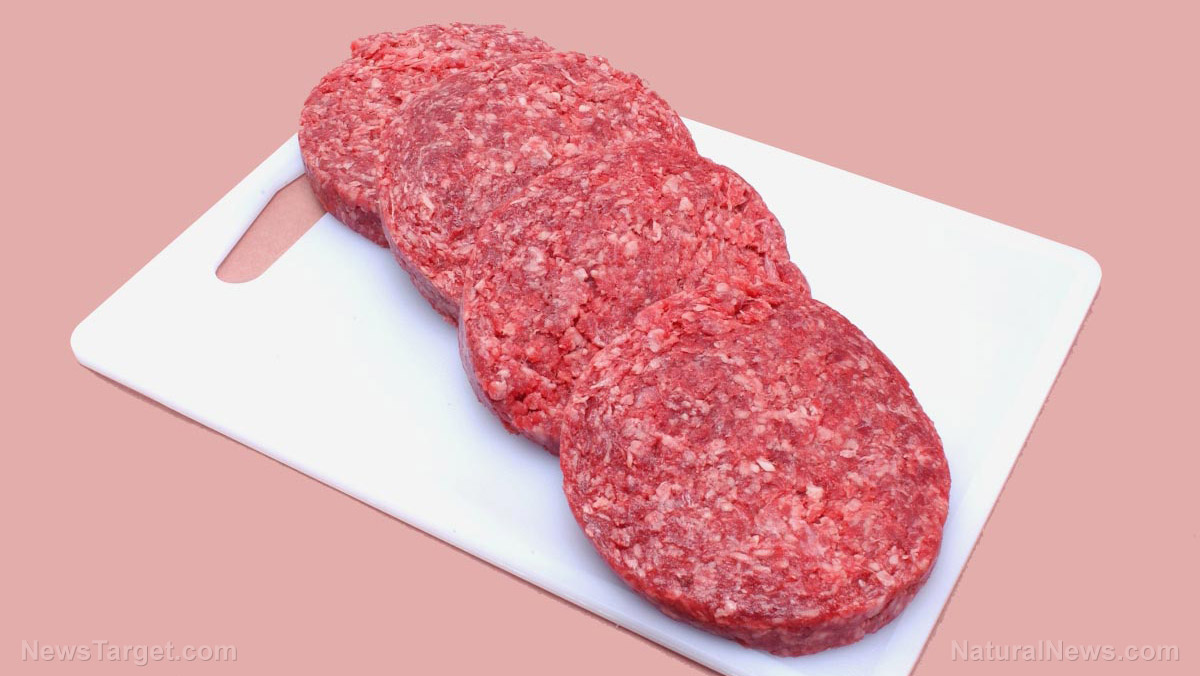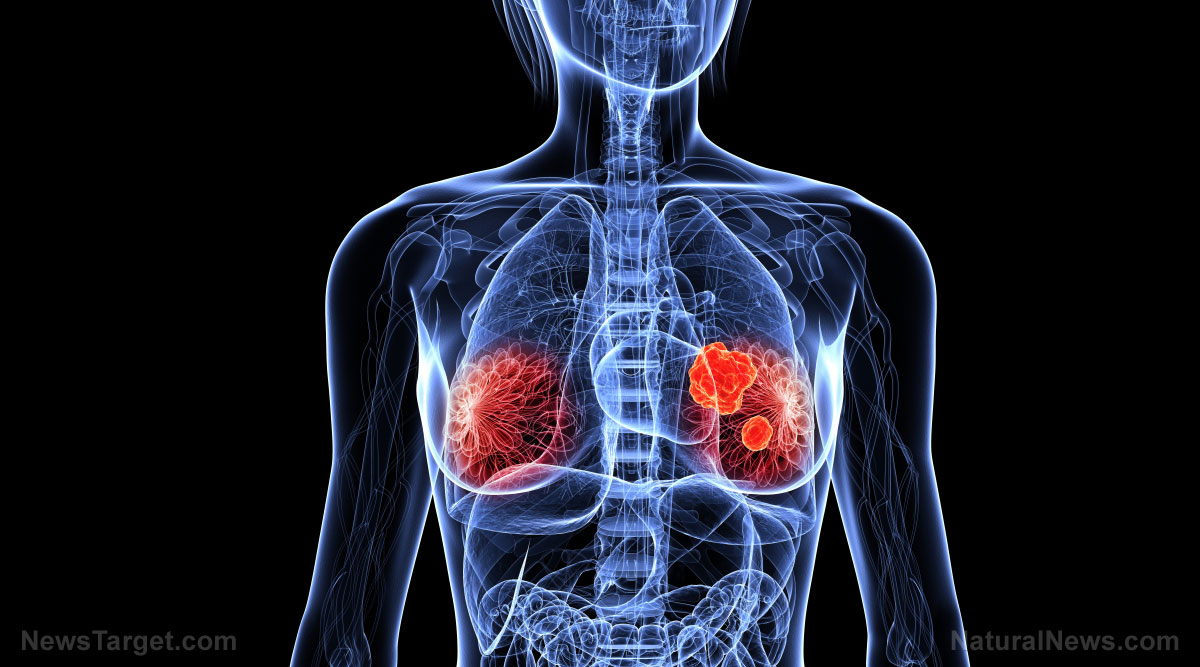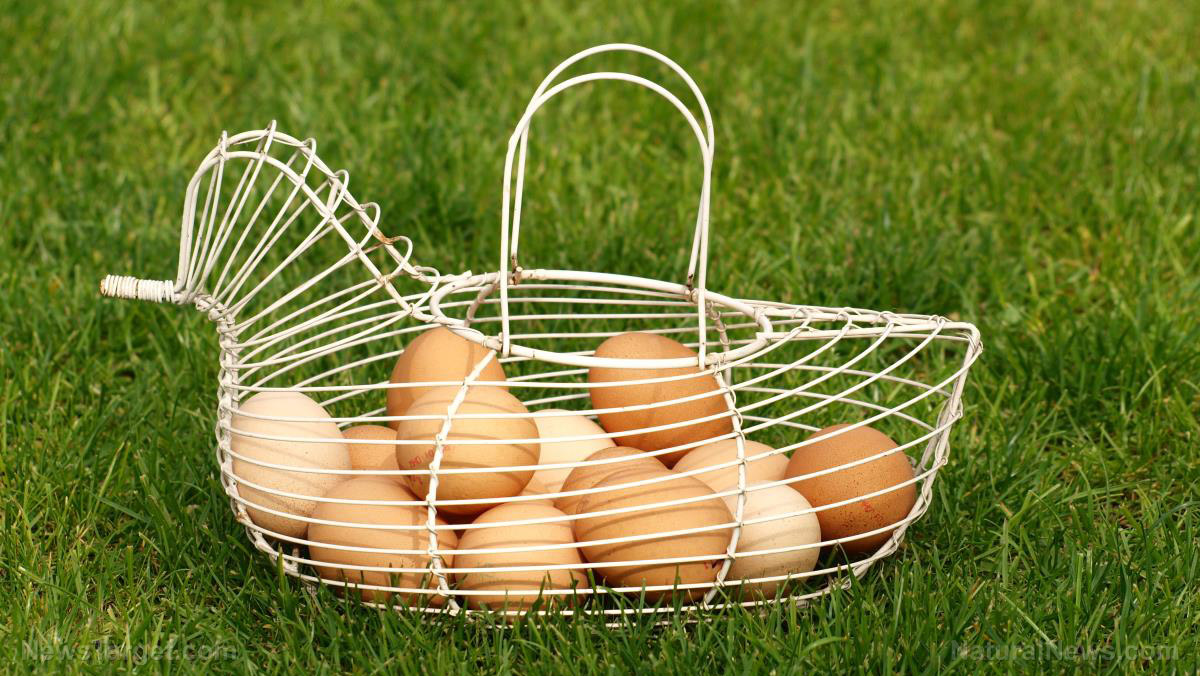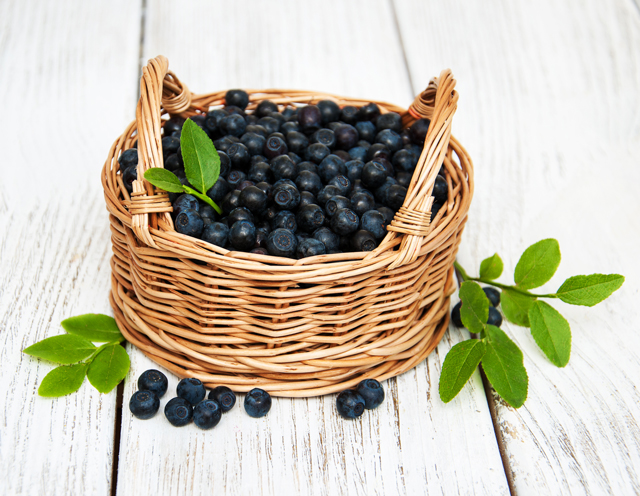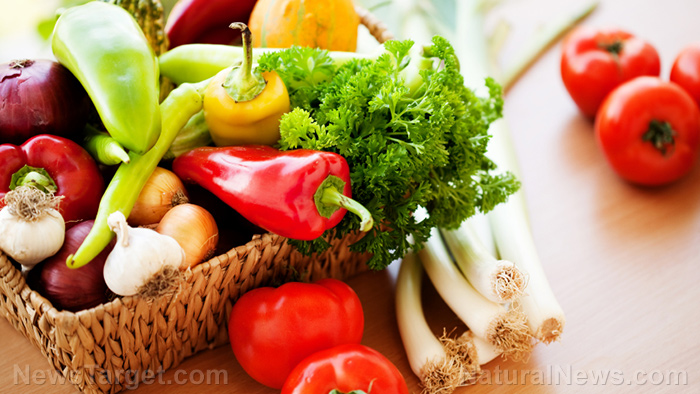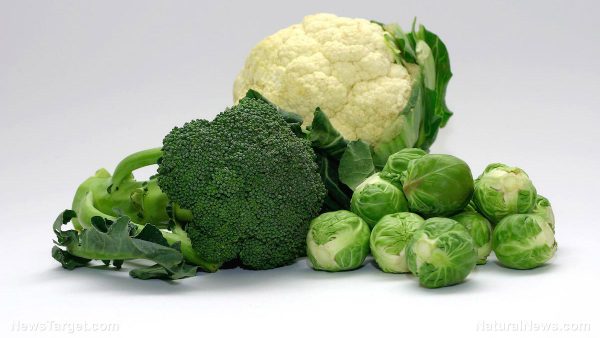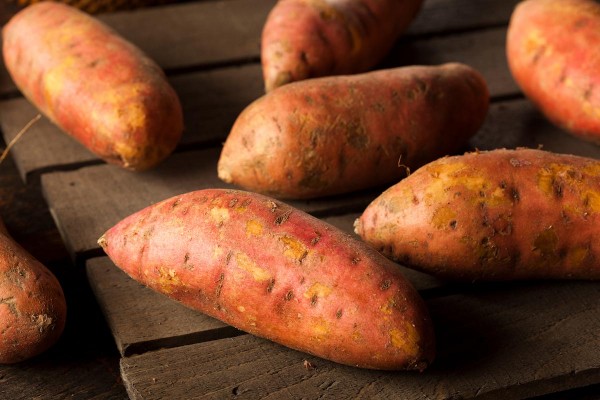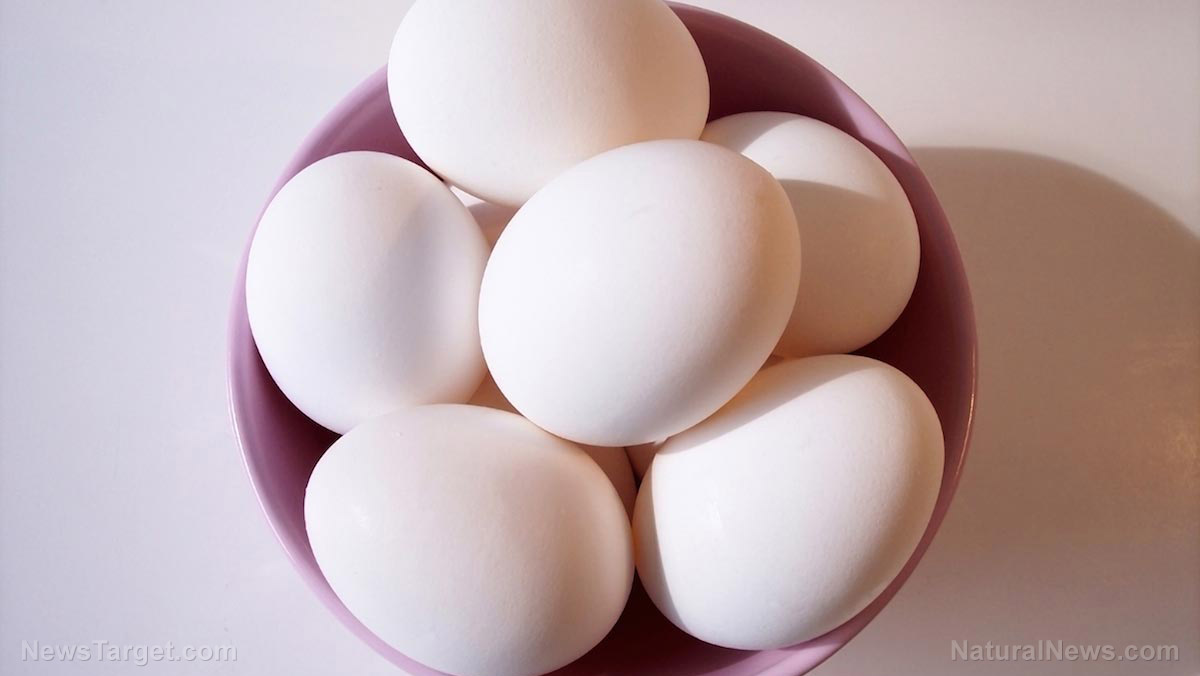(Opinion analysis) The Clean Label Project is engaged in dangerous scientific fraud that misleads consumers into thinking perfectly safe protein powders are wildly contaminated with toxic heavy metals. That’s my conclusion after reviewing the Clean Label Project’s wildly unscientific attack on protein products such as VEGA, where the Clean Label Project seems to insinuate that “detectable” levels of elements somehow means the products are scandalous.
Note that I am the very person who pioneered heavy metals testing of protein products back in 2013, raising the alarm over relatively high levels of lead and cadmium found in certain products that used rice protein imported from Asia. I’m also the author of Food Forensics and the founder and director of CWC Labs, an ISO-accredited food contamination laboratory running multiple mass spec instruments (including ICP-MS for elemental analysis). Finally, I’m the creator of LowHeavyMetalsVerified.org, a heavy metals standard that we’ve openly published for the food industry. I created the standard in 2013, and it’s what we use for all our own products.
When I ran tests on protein powders in 2013, I released the raw data to the public, naming the precise concentrations of elements (in ppb) detected in various protein products. Because of that effort, many protein companies reformulated their products, and in the years since, I have repeatedly tested many different brands and have not yet found heavy metals levels alarming enough to issue any sort of public warning about them.
Yet, the Clean Label Project is running a “black box” junk science operation in which they rate protein products between one to five stars without disclosing their lab results.
Clean Label Project engaged in massive deception and fraud
I have found the ratings system of the Clean Label Project to be not merely dishonest and unethical, but downright fraudulent. Here’s a good example: The Vega One Plant-Based Mixed Berry All-In-One Shake product is labeled by the Clean Label Project as just one star out of five. In the “Results Summary” section, “1 out of 5” ratings are given to “Arsenic / Mercury” and “Cadmium / Lead,” implying that this Vega One product is dangerously contaminated with Arsenic, Mercury, Cadmium and Lead.
As an ISO-accredited laboratory directory and heavy metals expert in food contamination, I can assure you that Vega One protein products contain no dangerous levels of these elements. I know this because I began testing Vega products in 2013, and I found that Vega proteins were among the cleanest in the industry.
Based on my experience in testing these products, it is my experience that Vega One proteins will have less than 100 ppb of lead (or 0.1 ppm), near-zero mercury, and very low levels of arsenic or cadmium (likely below 50 ppb in most cases).
This idea that because some parts per billion of lead is “detectable” is somehow an alarming thing is complete scientific nonsense. I’ve learned that lesson myself, as I received such a backlash from releasing mass spec test results on trace chemicals found in bone broth products that I had to pull back the original announcements and re-issue clarifications that calmed some of the over-reaction in the mind of the public.
What I know as a food contamination scientist is that if you have enough sensitivity in your instruments, you can find some trace level of lead in nearly everything. Lead being “detectable” does not make it dangerous. It is the concentration and total daily intake that makes it dangerous, and Vega One protein products are nowhere near any level of alarm in my opinion — not even close.
Similarly, I’ve never seen a sample of honey without a trace of glyphosate in it. That statement may surprise some people, but it’s true.
Rarely do I see a food sample with zero ppb of lead. While I very often see mercury (Hg) at zero ppb, lead is usually above zero for most foods. For certain foods such as turmeric root, ginger root and many spices, lead can be alarmingly high in certain samples. For example, we won’t sell turmeric root with lead above 250 ppb, and from time to time we are able to source turmeric root powder with lead below 50 ppb. (That’s 0.05 ppm, in case you’re keeping track.)
The Clean Label Project uses a failed, fraudulent model for assigning ratings for heavy metals
Further adding to the science fraud being carried out by the Clean Label Project, the organization claims to assign star ratings as follows:
The star-rating you see tells you whether the product is average (3 stars), below average (1 star), or above average (5 stars) in terms of the overall purity (lower levels of contaminants) and/or higher in elements of nutritional superiority compared to other similar products in the category.
The problem with such an approach — which should be obvious — is that there are no absolute standards for pass / fail concentrations of potentially toxic elements.
In other words, if the Clean Label Project tests 20 products in a given category and they’re all very clean, some of those products will still receive a one-star rating because they have slightly more lead (for example) than the other products, even if all 20 are remarkably clean.
This approach also means that the Clean Label Project could toss out a particularly high-lead product in order to skew the results curve and make many clean products look contaminated by comparison. Yet the Clean Label Project does not explain how they decide which products to include or exclude from their analysis, and they fail to release raw results from the lab tests.
In essence the Clean Label Project is a black box of junk science with near-zero transparency and no accountability whatsoever. They ask the public to trust their ratings but won’t release the raw test results data. The even lump arsenic and mercury together — and cadmium and lead — for a completely illogical, inexplicable reason that only they could possibly understand. There is no mass spec instrument in the world that cannot tell the difference between arsenic and mercury, as their mass-to-charge ratios are very far apart. The same goes with cadmium and lead. No instruments confuse cadmium and lead.
The Clean Label Project is “playing dirty,” writes Dr. Chad Hayes:
The thing that invalidates their data is that they don’t publish it. Their methodology section provides a list of things they test for, but they lump some of them into broad categories like “antibiotics” or “pesticides.” An actual scientific study would provide a list of the specific substances.
Why is this important? Well, testing positive for “pesticides” could mean a lot of different things. Some pesticides are more toxic than others, and some are harmless below a certain dose. It’s also important because if they tested for pesticides used in conventional agriculture but not those used by organic farmers, the results would be heavily skewed. But we don’t know which ones they looked for, because CLP won’t tell us.
Another really important detail that actual scientific researchers would have published is the amount of specific contaminants found in each food or formula. It’s important to know whether a substance was present in high concentrations or if it was barely detectable. As with any potentially toxic substance (including, say, water), the dose is key. Even if we knew what substances were found in each food, we would have no idea if it mattered or not without this vital detail.
The bottom line? The Clean Label Project needs to clean up its own labeling, because what it’s releasing to the public right now is pure hogwash alarmism and nonsense.
The Clean Label Project needs to come clean about its lab test results
It is my view that the Clean Label Project is dangerously misleading customers and raising false alarms over “detectable” lead levels in many products that have no lead problem whatsoever (the same goes for cadmium, arsenic, etc.).
I also believe the Clean Label Project is deliberately hiding its lab test results because the raw data would clearly show those products to be perfectly safe and clean.
By withholding the raw lab data from the public, the Clean Label Project all but confirms suspicious among informed scientists like myself that they have something to hide and don’t want to come clean with their own raw data.
So today, I am joining the Natural Products Association in demanding the Clean Label Project cease and desist its fraudulent science hoaxes that target dietary supplements.
As the Natural Product Association wrote in a March 1 press release:
New Protein Powder “Study” is Poisonous Fake News
Shadow Group that Slams Healthy Protein Powder Products Has Ties to Corporate Interests & Won’t Publish Actual Study, Funders
“This so-called ‘study’ doesn’t even rise to the level of junk science because there’s no science in it at all. This fake news poisons the well with misinformation and innuendo and could actually threaten the ability to protect consumers from harmful products,” said Dan Fabricant, Ph.D., president and CEO of the Natural Products Association. “NPA believes this shadow group should disclose its funders and the methodology it used to produce this study so the public can make an educated decision about what products to use.”
As a published food scientist and founder of an ISO-accredited food science laboratory, I complete agree with this statement by Dan Fabricant. The Clean Label Project is a fraud. Its claims are deceptive and harmful to consumers. The Clean Label Project gives “science” a bad name because it pretends to engage in science while, in reality, conducts no legitimate science at all.
Why won’t the Clean Label Project release the raw results of its testing?
Today, I am demanding that the Clean Label Project publicly release the raw data to myself and other qualified food scientists who can properly interpret those data with the benefit of lab science experience combined with food transparency.
The lab that ran the tests — Ellipse Analytics — appears to have undisclosed ties to the Clean Label Project founder. As Dr. Hayes writes:
Except that the “independent lab,” Ellipse Analytics (EA) doesn’t seem all that independent. It’s a relatively new lab located in the same city as CLP. EA’s website doesn’t provide a lot of information. But if you check out the LinkedIn profile for Jaclyn Bowen, you’ll find that she served as the President of Ellipse Analytics from April 2016- January 2017 prior to her current role as the Executive Director at Clean Label Project. And apparently, the pet food data for the original study was provided to CLP by EA as a “generous donation.”
In conclusion, real science is supposed to be about transparency, not black box algorithms and secret scoring systems that the public isn’t allowed to see. By concealing this information from the public while sounding a false alarm about clean, safe protein products, the Clean Label Project actually performs a disservice to the public, leading many consumers to avoid products which are, in reality, very nutritious and clean.
In fact, I’m starting to wonder whether the Clean Label Project is some sort of shady front group formed to attack and smear the reputation of dietary supplements. I’m not leveling that as a confirmed accusation at this point, but it’s something I’m beginning to suspect.
Want real science on nutrition and food? Read Science.news or FoodScience.news, updated daily.

